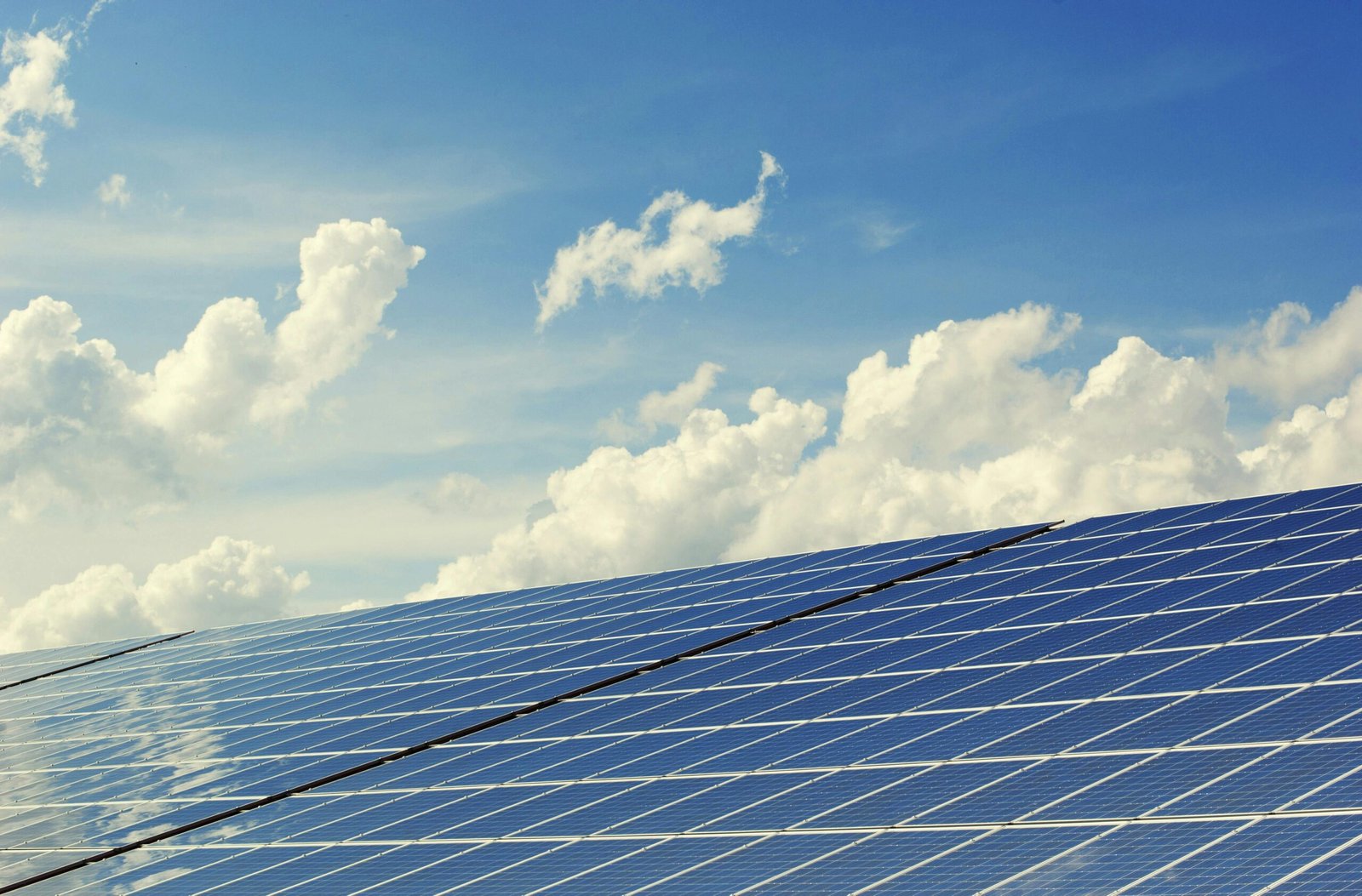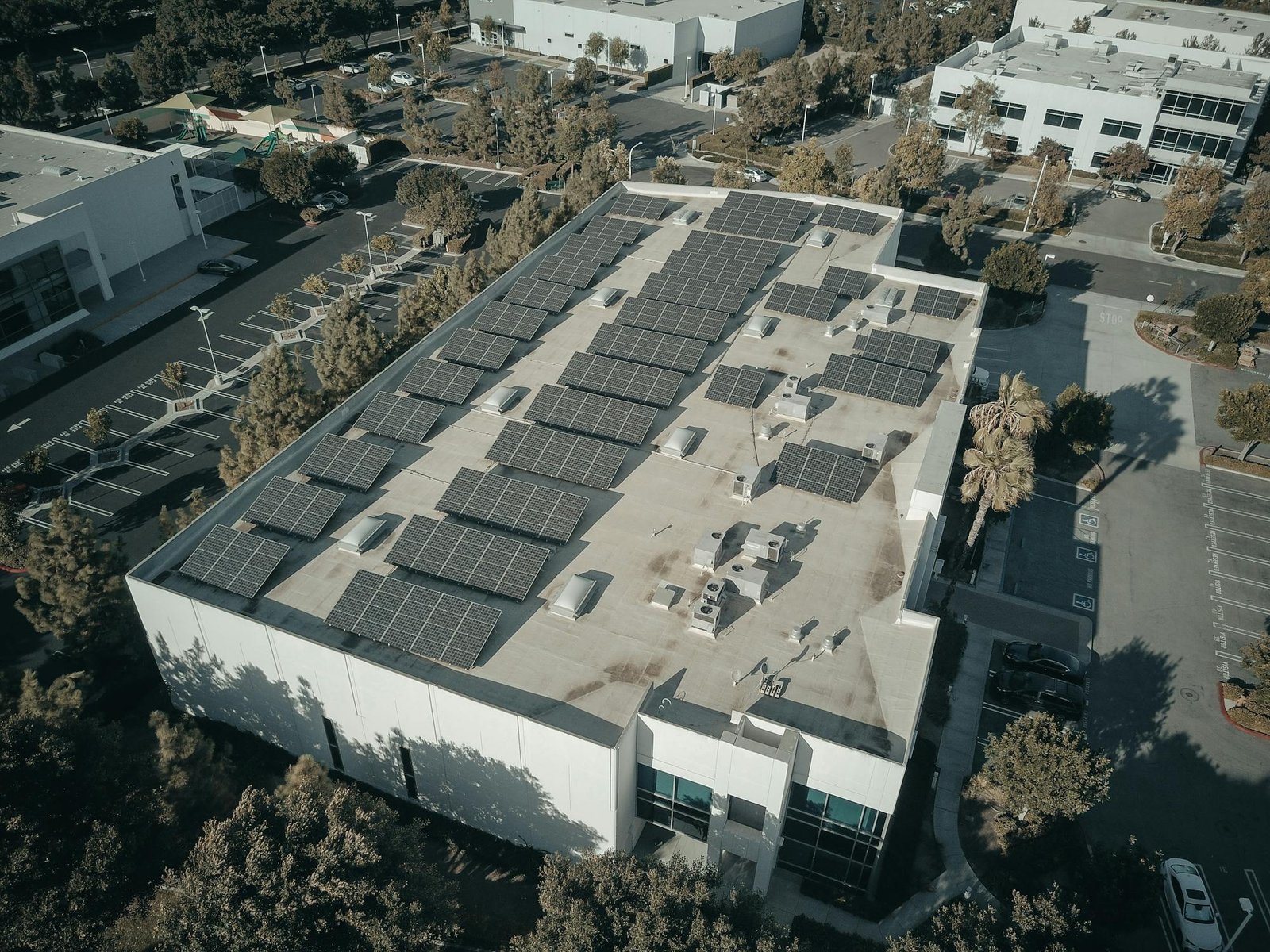As the world continues to confront the challenges of climate change, nations, organizations, and businesses are seeking ways to reduce their carbon footprint. One of the most effective tools in this regard is the carbon credit system, which incentivizes organizations to lower their greenhouse gas emissions.
In India, carbon credits are gaining increasing importance as a strategic tool for achieving sustainability goals. In this blog post, we’ll explore what carbon credits are, how they work, and the potential benefits they offer businesses operating in India.
What Are Carbon Credits?
A carbon credit is a certificate that represents the reduction of one metric ton of carbon dioxide or an equivalent amount of other greenhouse gases from the atmosphere. The primary goal of carbon credits is to combat climate change by promoting the reduction of carbon emissions.
The concept works under a global mechanism known as cap-and-trade. Essentially, governments set a cap or limit on the total amount of emissions that industries or organizations can produce. Companies that produce less carbon than their allotted cap can sell their excess credits to other companies that are struggling to meet their limits.
In simpler terms, carbon credits allow businesses to either offset their emissions by purchasing credits or earn credits by reducing their carbon footprint through various measures.
The Role of Carbon Credits in India
India, as one of the world’s largest emitters of greenhouse gases, has taken a proactive approach to address climate change. The Indian government has set ambitious goals under its National Action Plan on Climate Change (NAPCC) and the Paris Agreement to reduce emissions intensity, enhance energy efficiency, and promote renewable energy sources.
India has also become a key player in global carbon credit markets, thanks to its strong policies aimed at promoting green technologies. The Clean Development Mechanism (CDM) under the Kyoto Protocol was one of India’s early ventures into the carbon credit system. With a focus on renewable energy, energy efficiency, and forestation projects, India’s carbon credit market has evolved significantly in recent years.
How Do Carbon Credits Work in India?
In India, carbon credits can be generated through projects that reduce or remove greenhouse gas emissions. These projects include:
- Renewable Energy Projects: Solar, wind, and hydroelectric power projects can reduce the reliance on fossil fuels, thus helping to lower emissions.
- Energy Efficiency Projects: These focus on reducing energy consumption in industries, buildings, and transportation, effectively lowering carbon emissions.
- Afforestation and Reforestation: Planting trees or restoring forests absorbs carbon dioxide from the atmosphere, creating carbon credits in the process.
- Waste Management and Landfill Projects: By managing waste properly, such as capturing methane from landfills, companies can generate credits while reducing harmful emissions.
Businesses that invest in these projects can earn carbon credits, which they can either use to offset their emissions or sell to other companies in need of credits.
The Benefits of Carbon Credits for Businesses in India
1. Compliance with Government Regulations
With India setting stringent carbon emission reduction targets, businesses are under increasing pressure to comply with environmental regulations. Participating in the carbon credit market can help companies meet their sustainability goals while adhering to government mandates. By buying or earning carbon credits, businesses can manage their emissions more effectively and stay on the right side of the law.
2. Cost Savings through Carbon Credit Trading
For many businesses, investing in green initiatives and reducing carbon emissions can be expensive. However, by participating in the carbon credit market, companies can sell their excess credits to generate revenue. This helps offset the costs of sustainability programs, making it more financially viable in the long run.
3. Enhanced Brand Image and Reputation
In today’s environmentally-conscious world, consumers and investors are increasingly prioritizing businesses that show a commitment to sustainability. Earning or purchasing carbon credits demonstrates a company’s dedication to reducing its environmental impact, which can improve its brand image and attract eco-conscious customers and investors. Companies that actively engage in carbon credit programs are often viewed as industry leaders in corporate responsibility.
4. Attracting Green Investments
As investors around the globe look to put their money into sustainable and environmentally responsible companies, being involved in the carbon credit market can make businesses more attractive to investors who are focused on Environmental, Social, and Governance (ESG) criteria. Carbon credits can help enhance a company’s sustainability portfolio and appeal to these investors.
5. Access to Global Markets
Carbon credits offer Indian businesses access to a global marketplace. By participating in international carbon credit schemes, companies can expand their reach and open new business opportunities. This can help Indian businesses collaborate on international sustainability projects and strengthen their position in global markets.
6. Contribution to India’s Climate Goals
India has committed to reducing its carbon intensity and achieving net-zero emissions by 2070. By actively participating in the carbon credit market, businesses can play a role in contributing to the country’s climate action plan. This not only helps combat global climate change but also allows companies to contribute to a greener, more sustainable future.
7. Improved Operational Efficiency
Investing in sustainable practices that generate carbon credits often leads to improvements in operational efficiency. By adopting energy-saving technologies or more sustainable production practices, businesses can reduce their overall operating costs while simultaneously earning credits.
Conclusion
Carbon credits offer businesses in India a valuable opportunity to contribute to the fight against climate change while gaining a competitive edge in an increasingly eco-conscious market. By reducing emissions through green projects or purchasing credits from others, companies can align themselves with global sustainability goals and improve their profitability.
As the demand for corporate sustainability grows, understanding the concept of carbon credits will be crucial for businesses looking to stay ahead in the future. By adopting carbon credits as part of their environmental strategy, businesses can not only play a significant role in combating climate change but also benefit from a range of financial and reputational advantages.
If your business is ready to embark on the journey toward sustainability, embracing carbon credits could be the key to success.




